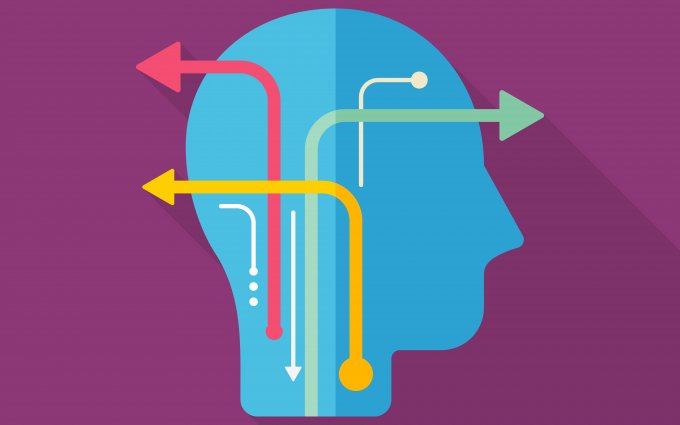07/30/2014

There has been a great deal of interest and research regarding traumatic brain injury (TBI) over the past decade. This has led to an ever-growing understanding of the complex physiology of brain response and subsequent recovery from TBI. While many mysteries remain, it is clear that severe brain injury results in a wide range of disturbances and impairments collectively known as disorders of consciousness (DOC). The challenge currently facing researchers and providers is to better understand and accurately diagnose these dynamic reduced conscious states so as to plan the appropriate rehabilitation and optimize recovery.
Disorders of consciousness include a coma state (C), vegetative state (VS), and minimally conscious state (MCS). Coma is typically a state of complete unconsciousness with no eye opening, while vegetative state involves complete unconsciousness with some eye opening and wakefulness. The minimally conscious state describes a person with limited awareness of self and environment, where infrequent gestures, words, and responses to people are inconsistently noted.
Although these categories of severe brain injury may seem straightforward and obvious, determining the actual state of consciousness is quite difficult. Disorders of consciousness are not static, and the extreme difficulty in directly observing and assessing the impairments can be confounding. As a result, opinions among clinicians may vary when it comes to actually determining the consciousness state of a severely brain injured person.
Traumatic Brain Injury Versus Non-Traumatic Brain Injury
Studies have demonstrated differences of prognosis and recovery timelines between traumatic brain injury patients as compared to non-traumatic brain injuries from strokes and anoxic events. Approximately 50% of adult TBI patients who were considered to be in a vegetative state one month after injury recovered consciousness one year after injury. There is growing evidence in recent literature that even after one year there can be recovery of consciousness with TBI cases. This is unlike the non-traumatic brain injured cases determined to be in a vegetative state from strokes and anoxic injuries where the vegetative state is considered or presumed to be a permanent vegetative state (PVS) if still persistent in three months post-injury event.
Brain Recovery
While the timeline for recovery from a disorder of consciousness can vary, research studies suggest that patients with disorders of consciousness from TBI recover over a longer period of time than previously believed. As these patients recover, they may regain sufficient functional improvement for greater independence.
In addition, long-term outcome studies for patients with severe TBI with disorders of consciousness who received rehabilitation early in the acute care period and continued rehabilitation treatments had better outcomes in functional cognition and in supervision needs. Furthermore, Paradigm’s own experience with the management of low consciousness injured workers reflects results similar to the emerging data with almost one-third of these injured workers experiencing a functional recovery that is greater than the initial prognosis.
Paradigm Outcomes’ Focus
The objective for Paradigm Outcomes has always been achieving the best clinical outcome for our injured workers. With a better understanding of the pathophysiology of disorders of consciousness in TBI, we can develop the most appropriate care plan and work even closer with our acute rehabilitation centers of excellence. Together we’re evaluating and investigating the effectiveness of various treatment interventions designed for individuals with varying states of disorders of consciousness to attain the best possible functional outcome. It’s clear that the pharmacologic, cognitive, neurobehavioral, and physical rehabilitation treatment interventions that are most closely aligned with the emerging rehabilitation guidelines for the management of disorders of consciousness provide a significant opportunity to achieve the best outcome possible.
About the Author
Michael Choo, MD, is Paradigm’s Chief Medical Officer. He maintains the company’s relationships with its network of consulting physicians and centers of excellence, and is responsible for enhancing clinical operations and leading research and development. He also teaches emergency medicine, internal medicine, and family practice residents at Wright State School of Medicine.